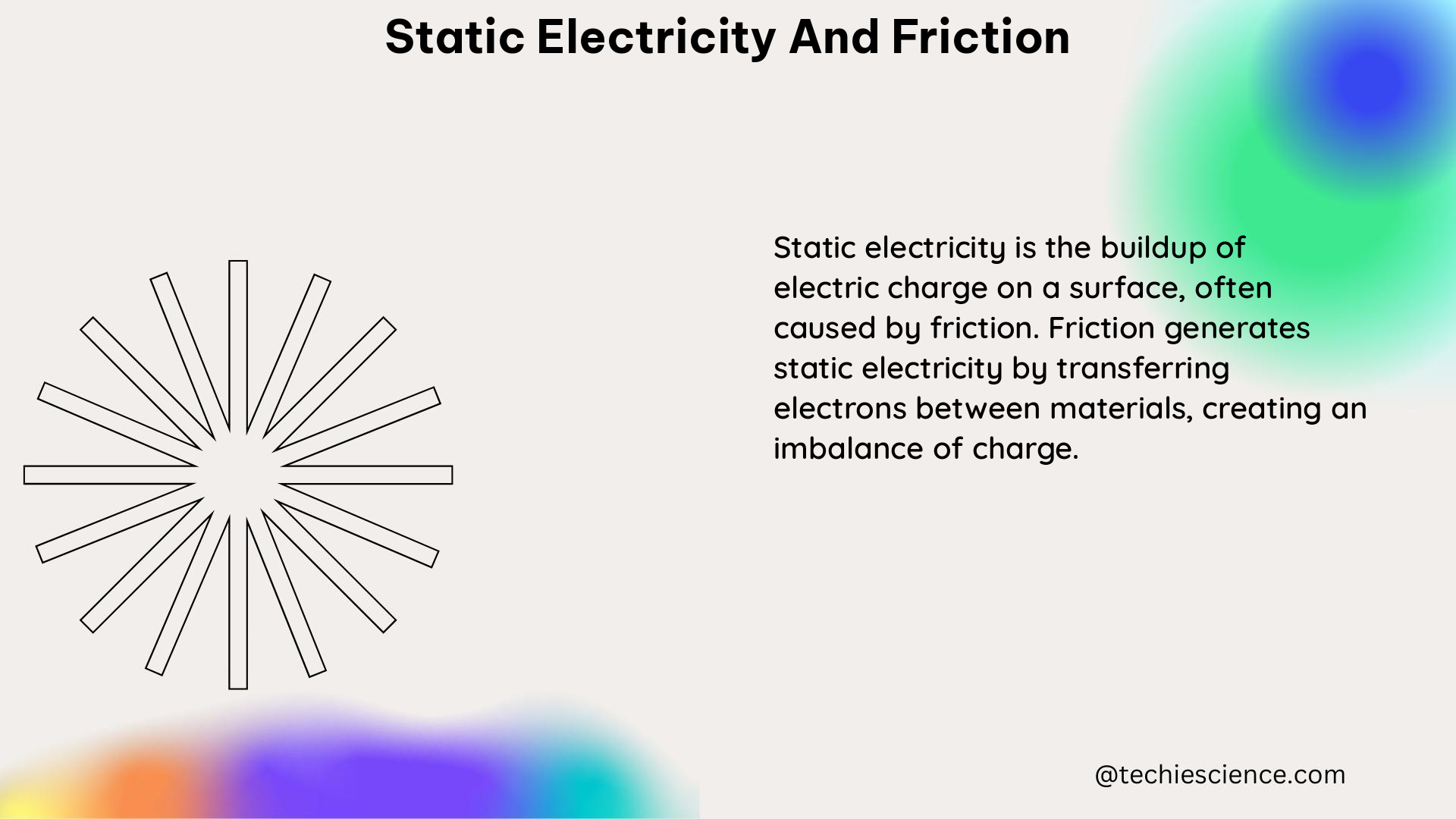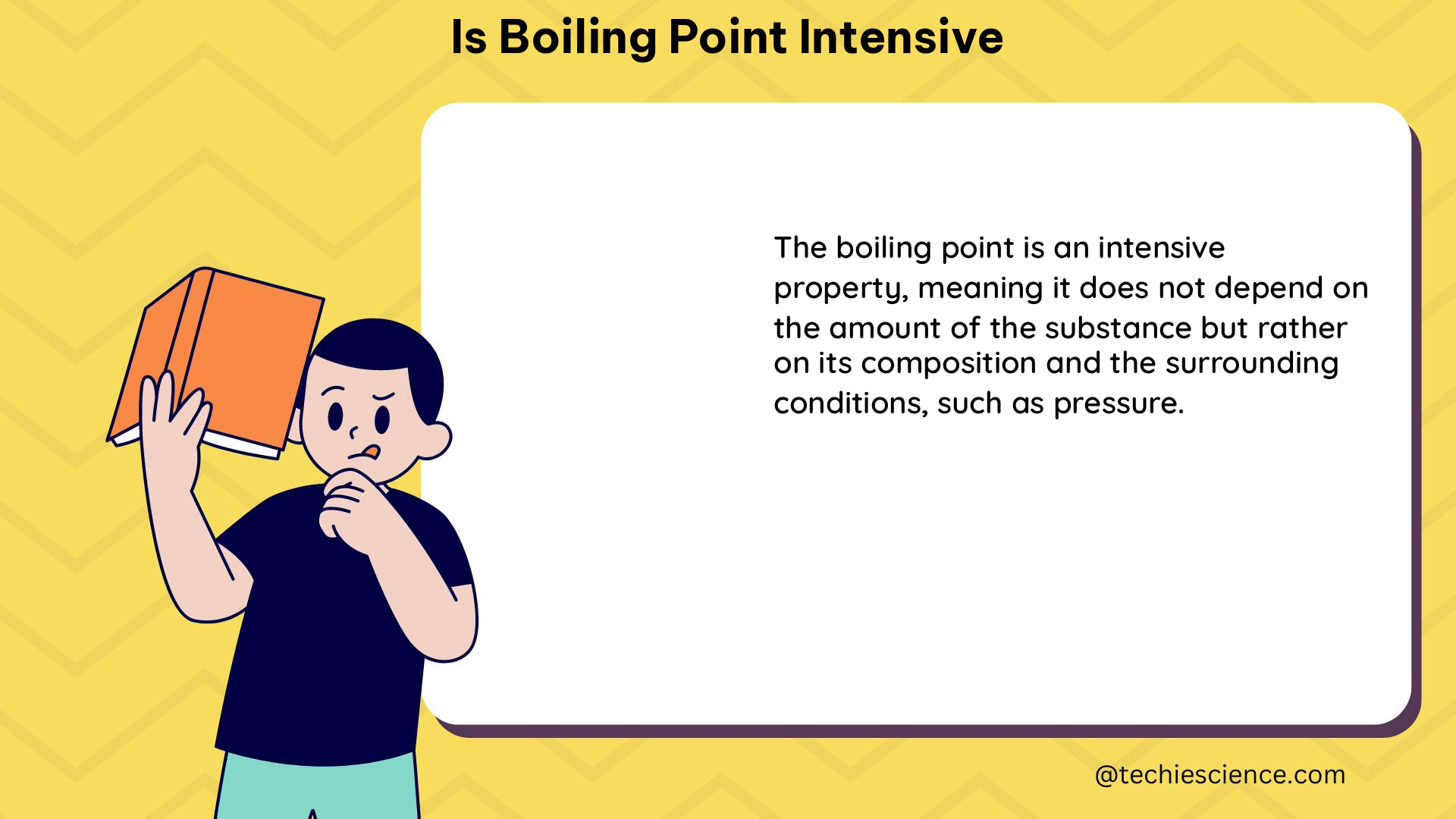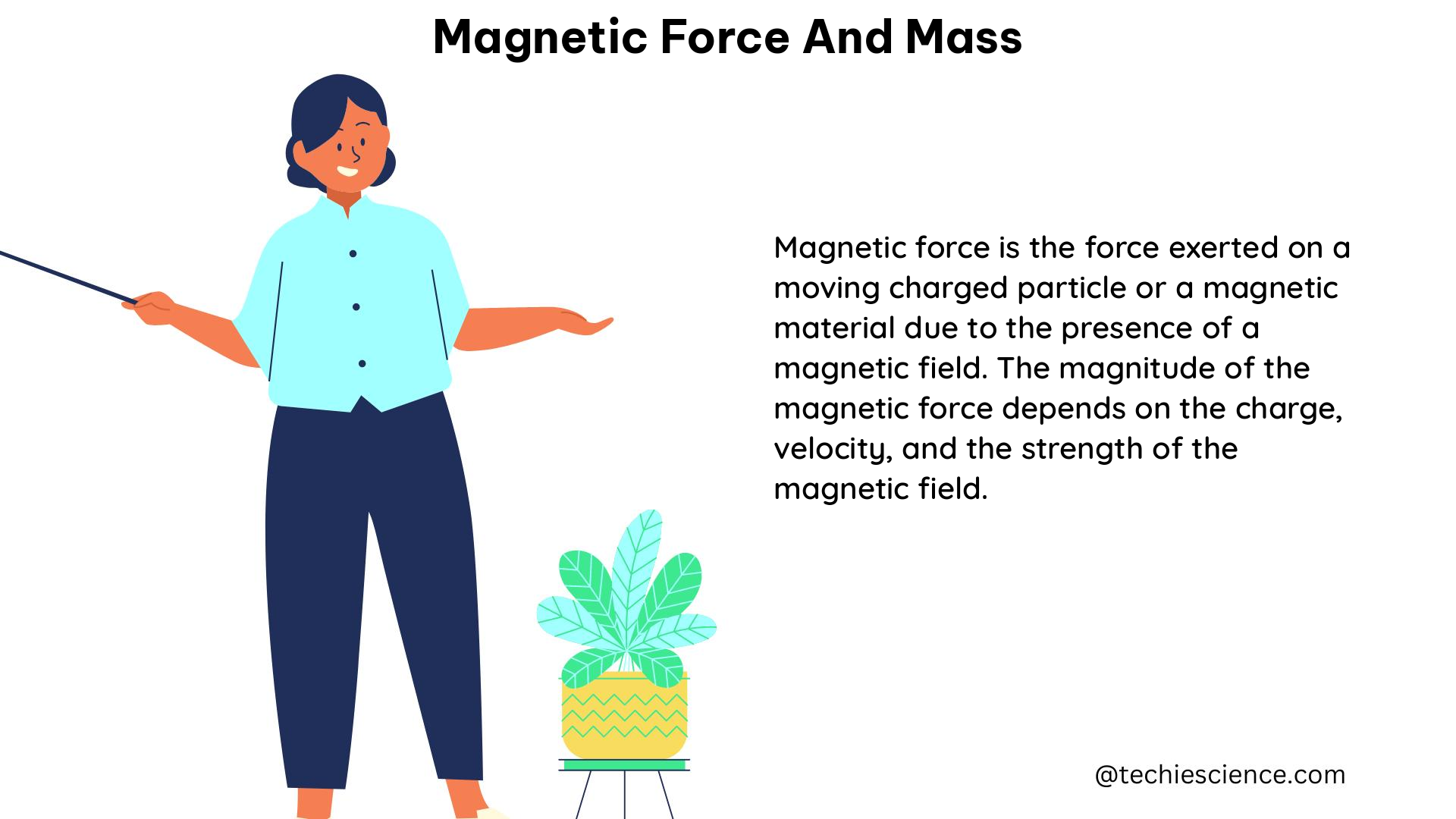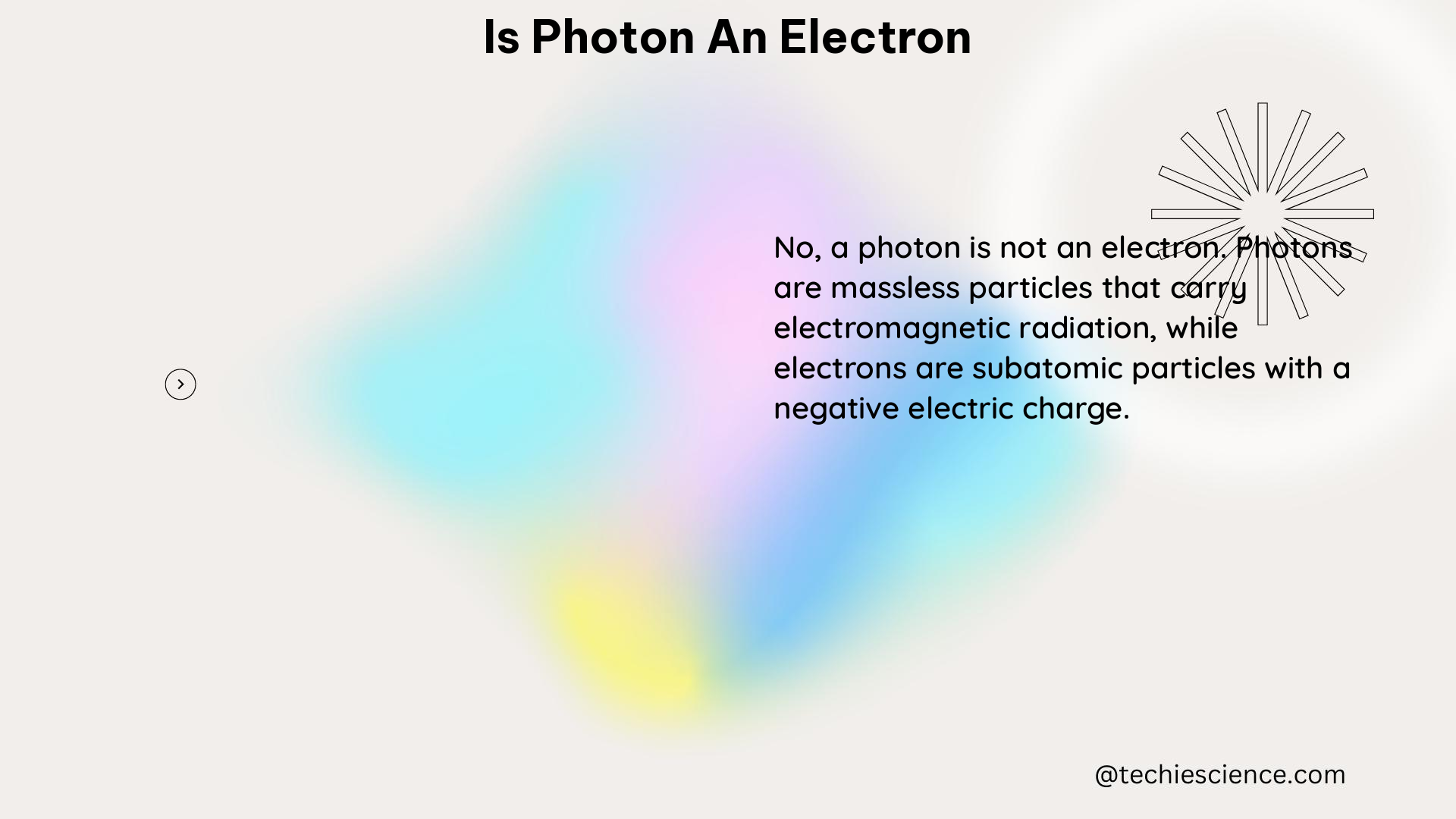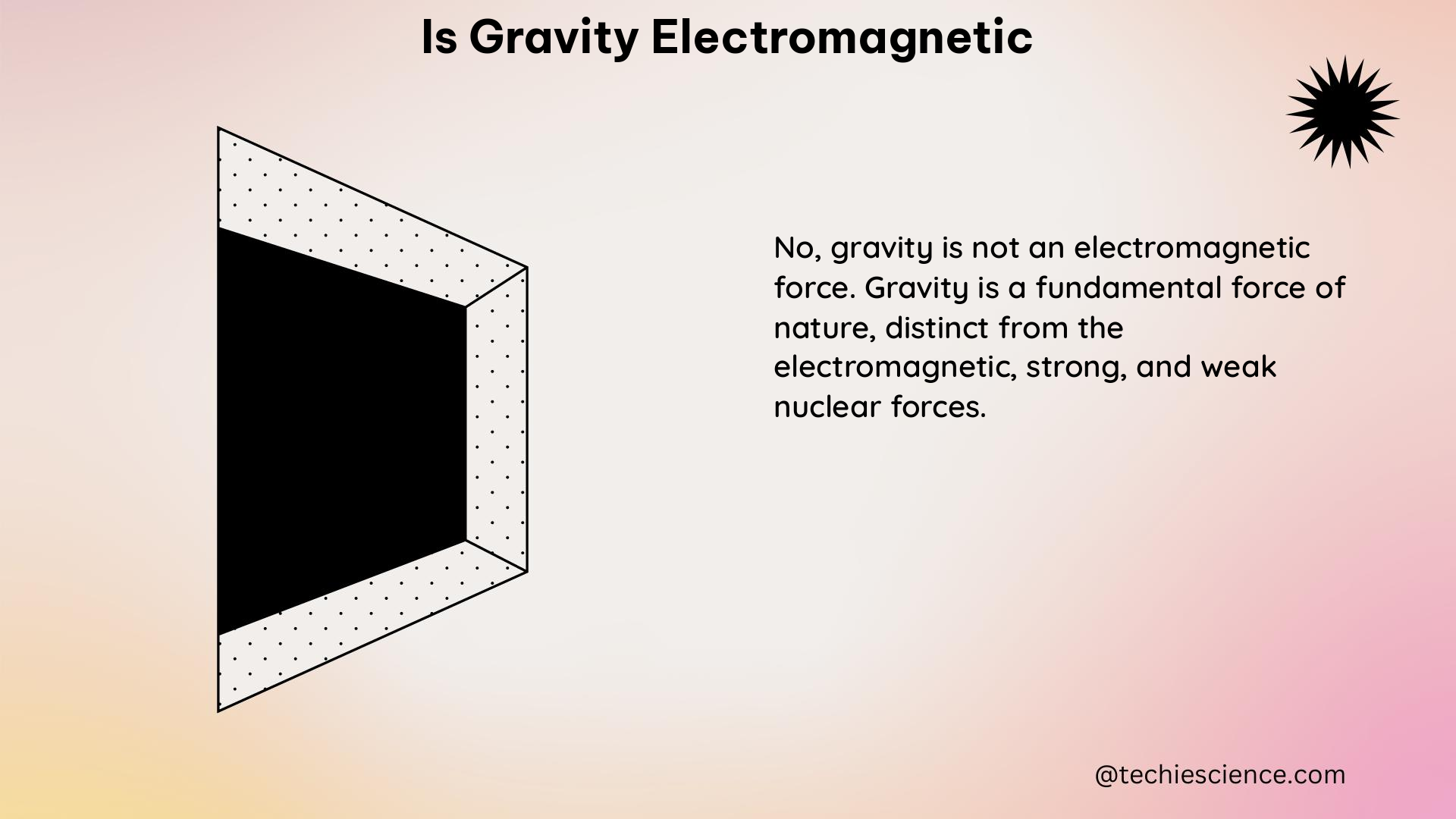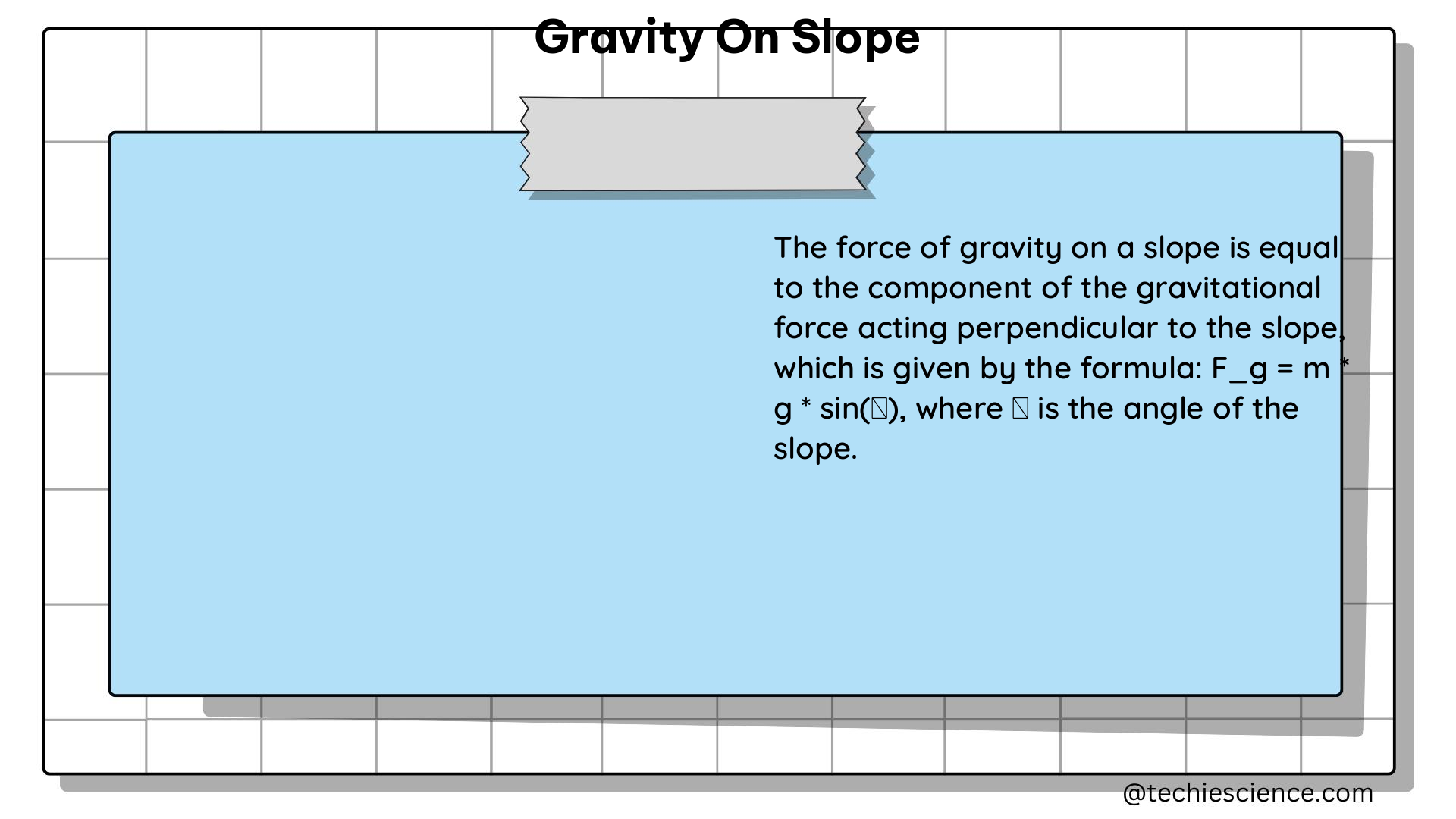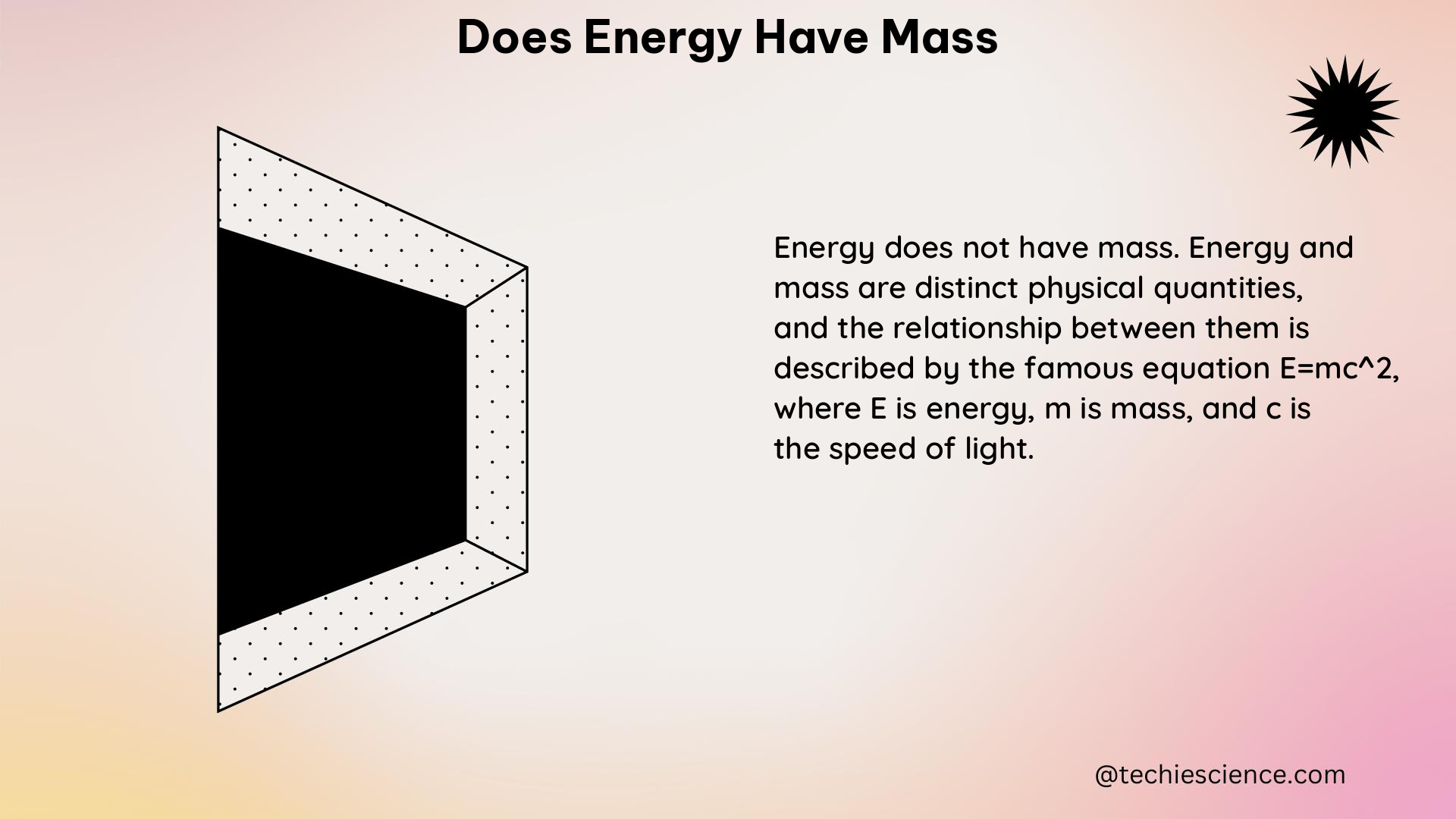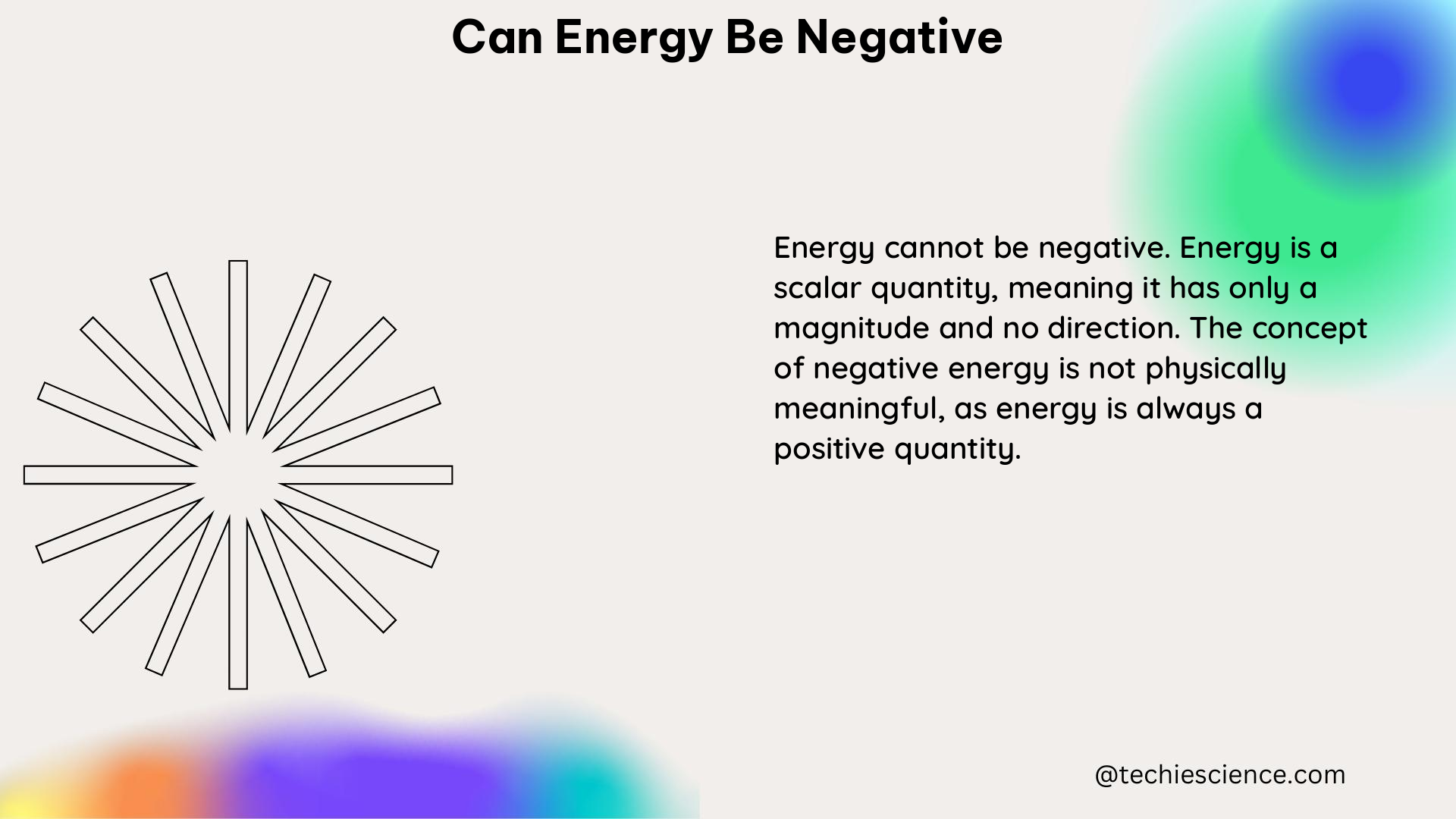Energy storage is a critical component of modern energy systems, enabling the efficient use and distribution of energy resources. As a physics student, understanding the various energy storage technologies and their technical specifications is essential. This comprehensive guide will delve into the intricacies of energy storage, providing you with a deep understanding of the subject.
Battery Energy Storage Systems (BESS)
BESS are one of the most widely used energy storage technologies, leveraging the principles of electrochemistry to store and release energy. These systems typically consist of batteries, power conversion equipment, and control systems.
Battery Efficiency and Round-Trip Efficiency
The efficiency of a battery is a crucial metric, representing the ratio of the energy that can be discharged to the energy that was put into the system. Typically, battery efficiencies range from 80% to 95%. For example, a lithium-ion battery may have a round-trip efficiency of 92.2%, as mentioned in the reference.
The round-trip efficiency is the ratio of the energy output to the energy input, taking into account both the charging and discharging processes. This metric is essential in evaluating the overall performance and cost-effectiveness of a BESS.
Battery Capacity and Energy Density
Battery capacity is a measure of the total amount of energy that a battery can store, typically expressed in kilowatt-hours (kWh) or megawatt-hours (MWh). Energy density, on the other hand, is the amount of energy stored per unit of volume or mass, usually measured in watt-hours per kilogram (Wh/kg) or watt-hours per liter (Wh/L).
The choice of battery technology, such as lithium-ion, lead-acid, or flow batteries, can significantly impact the capacity and energy density of a BESS. For instance, lithium-ion batteries typically have higher energy densities compared to lead-acid batteries, making them more suitable for applications with limited space or weight constraints.
Battery Degradation and Cycle Life
Battery degradation is a crucial consideration in BESS design and operation. Over time, batteries can experience capacity loss and increased internal resistance, reducing their performance and lifespan. The cycle life of a battery, which represents the number of charge-discharge cycles it can withstand before reaching a certain level of degradation, is an essential parameter in evaluating the long-term viability of a BESS.
Factors such as depth of discharge, temperature, and charging/discharging rates can significantly impact battery degradation and cycle life. Understanding these factors and implementing appropriate battery management strategies can help maximize the lifetime of a BESS.
Pumped Hydro Storage
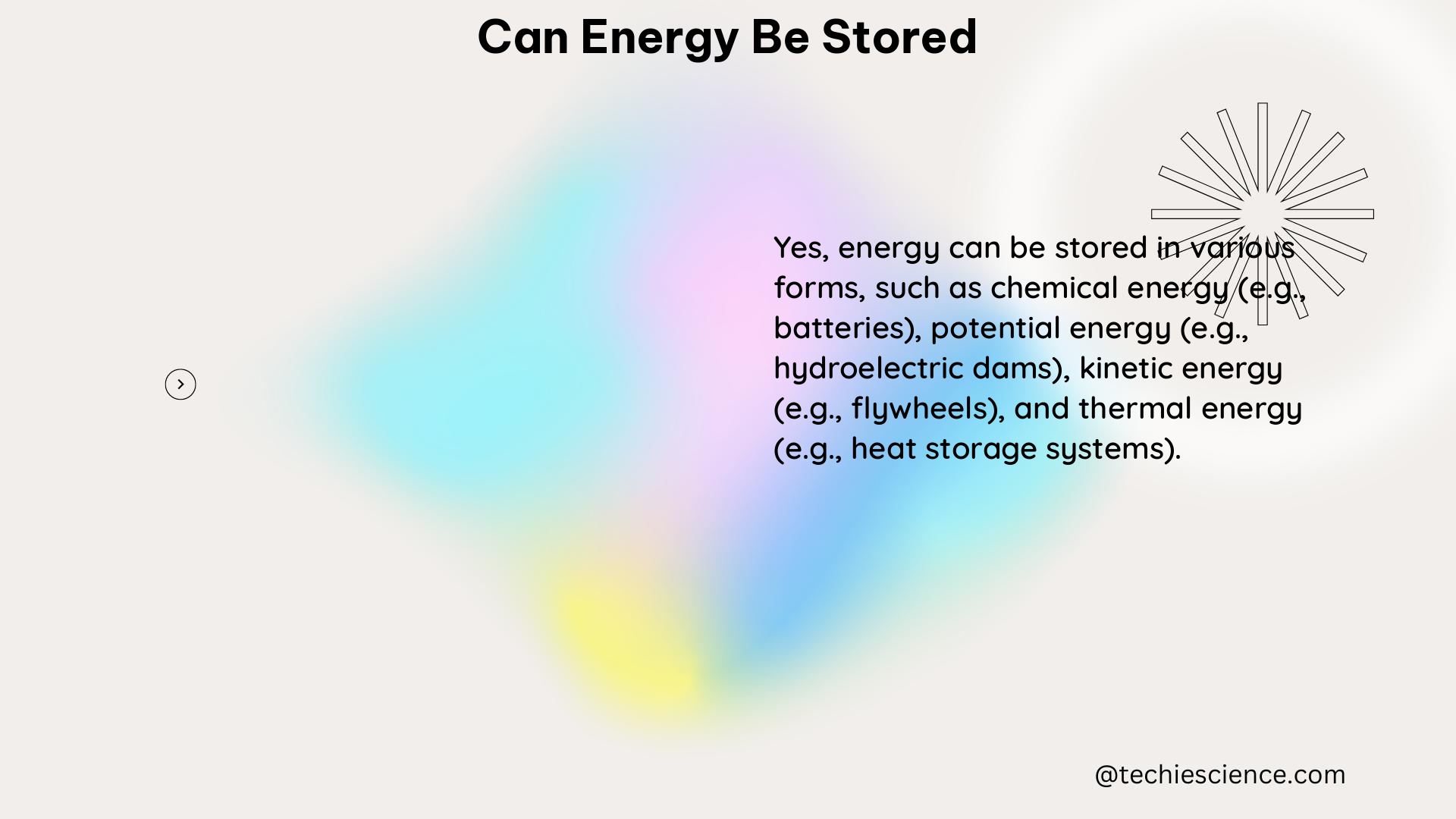
Pumped hydro storage is a large-scale energy storage technology that utilizes the potential energy of water. It involves two water reservoirs at different elevations, with the upper reservoir acting as the storage medium.
Pumped Hydro Efficiency
The efficiency of a pumped hydro storage system is typically around 70-80%. This efficiency is the ratio of the energy generated during the discharge process to the energy consumed during the charging process, taking into account the energy losses in the pumping and turbine-generator systems.
The high efficiency of pumped hydro storage makes it a valuable asset in energy systems, particularly for applications that require large-scale, long-duration energy storage.
Pumped Hydro Capacity and Power Rating
Pumped hydro storage systems can have very large capacities, ranging from hundreds of megawatt-hours (MWh) to gigawatt-hours (GWh). The power rating, which represents the maximum rate of energy generation or consumption, can reach hundreds of megawatts (MW) or even gigawatts (GW).
The specific capacity and power rating of a pumped hydro storage system depend on factors such as the size and elevation difference of the reservoirs, the turbine-generator specifications, and the overall system design.
Geographical and Environmental Considerations
Pumped hydro storage requires suitable geographical locations with significant elevation differences and access to water resources. The selection of the site is crucial, as it must consider factors such as topography, hydrology, and environmental impact.
Careful planning and environmental assessments are necessary to ensure the sustainable development and operation of pumped hydro storage facilities, minimizing the impact on the surrounding ecosystem.
Compressed Air Energy Storage (CAES)
CAES is an energy storage technology that utilizes compressed air as the storage medium. Excess energy is used to compress air, which is then stored in underground caverns or above-ground tanks.
CAES Efficiency and Operational Principles
The efficiency of a CAES system typically ranges from 50% to 70%. During the charging process, excess energy is used to compress air, which is then stored. When energy is needed, the compressed air is released, heated, and used to power a turbine-generator system to produce electricity.
The heating of the compressed air is a crucial step in the CAES process, as it helps to increase the energy output and overall system efficiency.
CAES Capacity and Power Rating
CAES systems can have large storage capacities, ranging from tens of megawatt-hours (MWh) to hundreds of megawatt-hours (MWh). The power rating of a CAES system can reach tens of megawatts (MW) or even hundreds of megawatts (MW).
The specific capacity and power rating of a CAES system depend on factors such as the size and volume of the storage cavern or tank, the compressor and turbine-generator specifications, and the overall system design.
Geological and Environmental Considerations
CAES systems require suitable geological formations, such as salt caverns or depleted natural gas reservoirs, to store the compressed air. The selection of the storage site is critical, as it must consider factors like geological stability, air tightness, and environmental impact.
Careful site assessment and regulatory compliance are necessary to ensure the safe and sustainable operation of CAES facilities, minimizing the risk of air leaks or other environmental concerns.
Thermal Energy Storage
Thermal energy storage (TES) involves the storage of thermal energy, which can be used for heating, cooling, or industrial processes. TES systems can utilize various materials and technologies to store and release thermal energy.
TES Efficiency and Storage Mechanisms
The efficiency of TES systems can vary widely, depending on the specific technology and application. For example, ice storage systems, which use excess energy to freeze water and then use the stored cold energy for cooling, can have efficiencies around 80-90%.
TES systems can store thermal energy in the form of sensible heat (e.g., hot water, molten salts), latent heat (e.g., phase change materials), or thermochemical energy (e.g., reversible chemical reactions).
TES Capacity and Power Rating
The capacity of TES systems can range from small-scale residential applications to large-scale industrial or utility-scale projects. The power rating, which represents the maximum rate of thermal energy input or output, can also vary significantly depending on the system size and application.
The specific capacity and power rating of a TES system depend on factors such as the storage medium, the size of the thermal storage tank or reservoir, and the heat transfer equipment used.
Thermal Energy Storage Applications
TES systems can be used in a variety of applications, including:
– Building heating and cooling
– Industrial process heat
– Concentrated solar power plants
– Waste heat recovery
– Renewable energy integration
The choice of TES technology and its integration with the overall energy system is crucial in optimizing the efficiency and cost-effectiveness of these applications.
Flywheel Energy Storage
Flywheel energy storage systems store energy in the form of kinetic energy, using a rapidly spinning rotor or flywheel.
Flywheel Efficiency and Operational Principles
The efficiency of flywheel energy storage systems can be as high as 90%. During the charging process, excess energy is used to spin up the flywheel, storing energy in the form of kinetic energy. When energy is needed, the flywheel is slowed down, and the kinetic energy is converted back into electrical energy.
Flywheels can be designed with various materials, such as steel or composite materials, and can operate in a vacuum to minimize air resistance and energy losses.
Flywheel Capacity and Power Rating
Flywheel energy storage systems can have a wide range of capacities, from small-scale applications in the kilowatt-hour (kWh) range to larger systems in the megawatt-hour (MWh) range. The power rating of a flywheel system can reach tens of megawatts (MW) or even hundreds of megawatts (MW).
The specific capacity and power rating of a flywheel system depend on factors such as the size and mass of the flywheel, the rotational speed, and the design of the power conversion and control systems.
Flywheel Applications and Advantages
Flywheel energy storage systems are particularly well-suited for applications that require high power, fast response times, and a large number of charge-discharge cycles, such as:
– Frequency regulation and grid stabilization
– Uninterruptible power supply (UPS) systems
– Renewable energy integration and smoothing
– Industrial processes with fluctuating power demands
The high efficiency, long cycle life, and fast response time of flywheels make them a valuable energy storage technology in various applications.
Electricity Storage Valuation Framework
The value of energy storage can be assessed using the Electricity Storage Valuation Framework, which considers both financial and system benefits.
Financial Benefits of Energy Storage
Financial benefits of energy storage include:
– Energy arbitrage: Storing energy when prices are low and selling it when prices are high
– Capacity firming: Providing capacity to the grid during periods of high demand
– Ancillary services: Offering services like frequency regulation, voltage support, and spinning reserves
These financial benefits can contribute to the overall cost-effectiveness and viability of energy storage projects.
System Benefits of Energy Storage
System benefits of energy storage include:
– Reducing curtailment of renewable energy: Energy storage can help integrate and utilize more renewable energy by storing excess generation
– Increasing grid flexibility: Energy storage can provide flexibility to the grid, helping to balance supply and demand
– Deferring transmission and distribution upgrades: Energy storage can be used to defer or avoid the need for costly grid infrastructure upgrades
These system benefits can have a significant impact on the overall value and integration of energy storage within the energy system.
Levelized Cost of Storage (LCOS)
The Levelized Cost of Storage (LCOS) is a metric used to compare the cost-effectiveness of different energy storage technologies. It takes into account the capital cost, operating cost, and the value of the energy and services provided by the storage system.
LCOS Calculation and Factors
The LCOS is calculated by dividing the total lifetime cost of the energy storage system by the total energy output over its lifetime. The total lifetime cost includes the initial capital investment, operating and maintenance costs, and any other relevant expenses.
Factors that can influence the LCOS include:
– Technology type (e.g., battery, pumped hydro, CAES)
– System size and power rating
– Efficiency and round-trip efficiency
– Lifetime and cycle life
– Discount rate and financing costs
– Energy and ancillary service prices
LCOS Comparison and Decision-Making
The LCOS can vary widely depending on the specific energy storage technology, size, and application. By comparing the LCOS of different storage options, decision-makers can evaluate the cost-effectiveness and make informed choices about the most suitable energy storage solution for their needs.
The LCOS is a valuable tool in the planning and deployment of energy storage systems, helping to optimize the balance between cost, performance, and the overall value proposition.
Conclusion
In this comprehensive guide, we have explored the various energy storage technologies and their technical specifications, providing you with a deep understanding of the subject. From battery energy storage systems to pumped hydro, compressed air, thermal, and flywheel storage, each technology has its own unique characteristics, efficiency levels, and applications.
By understanding the Electricity Storage Valuation Framework and the Levelized Cost of Storage, you can evaluate the overall value and cost-effectiveness of energy storage solutions, making informed decisions that align with your energy system requirements.
As a physics student, this knowledge will be invaluable in your studies, research, and future career in the energy sector. Remember to refer to the provided references and continue exploring the fascinating world of energy storage.
References:
1. Measurable Energy: The Easiest Way to Eliminate Wasted Energy
2. Electricity Storage Valuation Framework
3. When Does Energy Storage Make Sense? It Depends.
4. Techno-economic analysis of a hybrid energy storage system for renewable energy integration
5. Energy Usage Intensity (EUI) Toolkit
